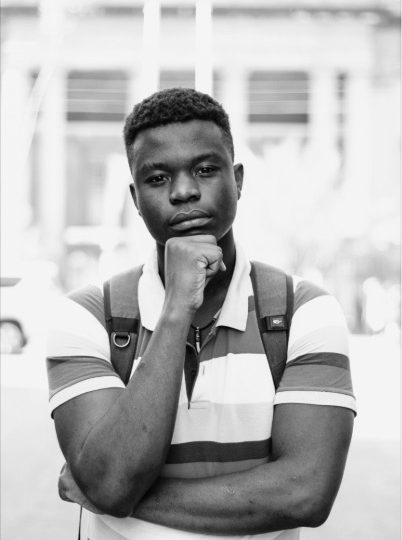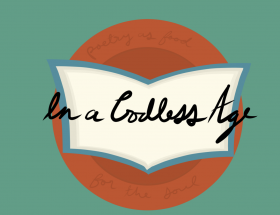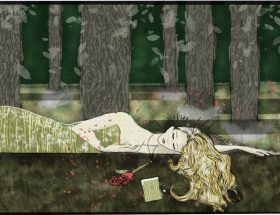Every artist begins at a respective ‘square one’. The place that started their creative journey- that temporal space that they will later refer to as their artistic ‘roots’- is normally flooded with people, experiences, and lessons that lead to their growth aesthetically or career-wise. For photographer Shem Obara, his ‘square one’ can be traced back to the very early stages of childhood. His artistic story is one of self-motivation and dedication to photography leading to the refinement of talent and ultimate success. In the following interview, Obara opens up about his journey to his online success, his professional and creative growth within his own photography, and his prospects for his future.
Background on Obara:
My name is Shem Annan Obara, I am 22 years old. A self-taught photographer studying journalism and mass communication at the University of Nairobi in Kenya. I have a sister, and I’ve grown up in Nairobi. My dad is a photographer too, he is a photo-journalist, although I’m not directly following that path, since I major in broadcast journalism.
I grew up around cameras, what with my dad’s profession and all, but I never really paid much attention to them because he was always so strict about his lenses and gear. I remember this one time I got a thorough scolding when he found me in his room playing with his camera! So I would steer clear from them until when I grew up a bit more and got my first smartphone. It had a camera (which was actually good for its time) and started taking pictures on it, then realized that I could also make my Instagram as good as my friends’! So as the months went by, I got some editing apps, to play around with my pictures, I started seeing how I could change different aspects of a picture. I didn’t know it at the time, but I was actually learning some very fundamental skills that came to help me in the future. I was still in high school at the time, so the only times I was allowed to use my phone was during the holidays.
Obara’s interest, however, became cemented as more than just a hobby or interest when, as he was in high school, when his mother purchased a camera.
Fast forward a bit, my mum got herself a new camera, a Fujifilm digital camera, (not a DSLR, unfortunately) and would occasionally let me play with it, seeing that she noticed how I took a liking to pictures. So I would walk around with it, taking pictures of my friends and seeing how good they looked. I would proceed to edit them on phone, although I remember I downloaded Photoshop on my laptop, immediately after I got the camera, and thought I would be just as good as all those photographers I saw on Instagram! Once the installation was complete, I hastily opened the software, roamed around it for 10 minutes, realized that all I thought I knew about photography was barely the tip of the iceberg, closed the program and proceeded to not open it for 6 months. So for a good time, I did most of my edits on phone. Until I decided one day and just opened YouTube, looked up tutorials and committed myself to learning something every day. That’s how I slowly picked up my editing skills, then my dad gave me one lens which he trusted me with, a canon 16-35mm, and when I asked for a camera to go with the lens he told me, “I can’t take a donkey to the river then also make it drink the water. Find a camera on your own.”
He was right, you know. At this point, I had just joined university. So I used to borrow my friend’s canon 1200d and do some few shoots with a few of my classmates (One of them being Cynthia, who has now become my go-to muse, because she also wanted to be a model. Her insta is @christhavemercy, check her out!) and post them on my Instagram. I noticed that I was really getting a lot of engagement from people, and the rest, as they say, is history.
What type of photographer is Obara?
I want to say I am versatile, but my work speaks otherwise. I focus largely on portraits and editorials, although I have it in me to venture into other genres of photography like architecture, food or wildlife. So don’t put a label just yet, I’m bound to change!
I don’t think I have an artistic aesthetic. At some point, I did consider making my style in a way such that all my work looked similar, in edits or colour grading, but I quickly realized that by doing so, I will be ‘boxing’ my creativity to only that particular style, making me unable to explore new styles.
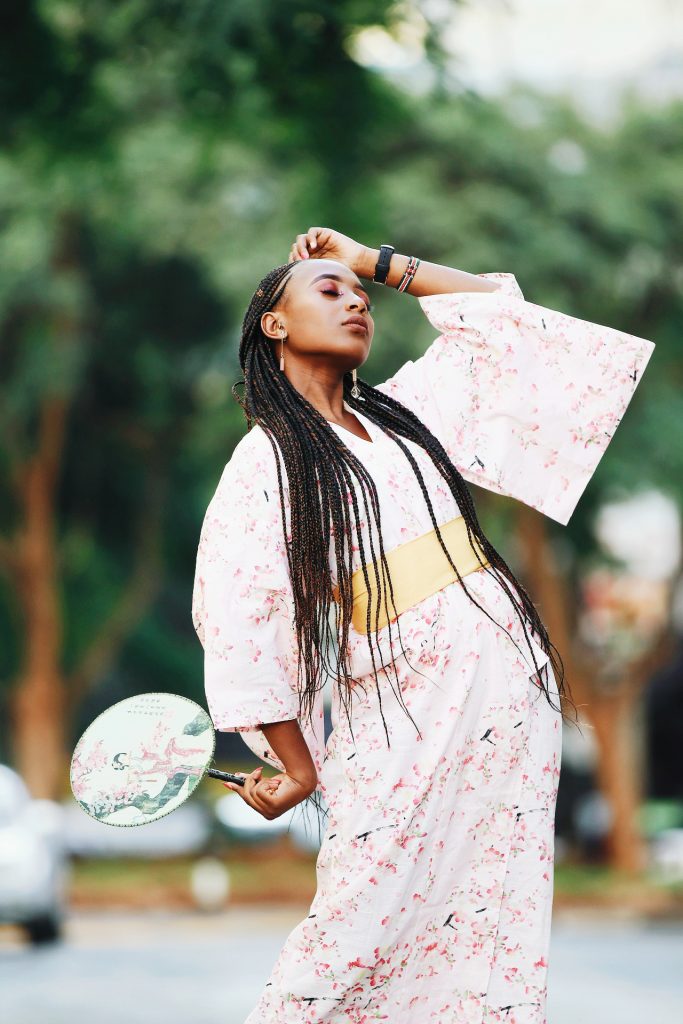
A quick scroll through Obara’s Instagram would clue you in to the fact that quite a lot of his work surrounds the beauty of individuals. The gorgeous and personality-capturing images of faces and people that build his feed are stunning, but how does Obara do it?
When I take my pictures, I always try to achieve a certain aesthetic. It’s difficult to explain it, but I have a certain vision in my head that I try to put into practicality. But the more basic things I will look at is the colours around the areas I take the pictures at, so that I know exactly what I’m going to work on in post-processing of the picture. I also look at how the environment of the image is composed and how the image looks before it’s taken. Some photographers will take multiple images then go choose the best ones in post-processing, but I prefer to execute my thought in the field or set.
Working with human subjects is my favourite thing, yet it’s also equally challenging! Because people are different, I take a step back and analyze them before meeting them or even the moment we meet. I try to find their likes and dislikes, and as we take the pictures I show them so that I can see their reactions and know how to frame the next images. When posing them, I try to make them as comfortable as possible, because discomfort is easily seen in the camera. So during my shoots, the question, ” Are you comfortable?” will always pop up a lot!
I feel like a portrait has a lot of necessities to make it good. Things like the composition of the image, if the features of the face are in focus, the expression being portrayed and the overall mood the image depicts.
For the backgrounds, it depends on the concepts being shot. I look for something that vibes with the model, and will add on to the overall emotion being brought out by the picture.

And what is it like to have such a prominent online presence in an artistic sense?
Sharing my art on social media is as much of a risk as it is rewarding. The internet is filled with all kinds of people, and some of them may not wish well for someone. There have been numerous cases of accounts posting my work posing it as theirs, but luckily with the help of people who follow me, we always take action whenever such accounts surface, reporting them or raising awareness to show that those characters are not who they seem to be.
What about when it comes to marketing or business?
Marketing on Instagram happens on its own, really. As long as you have good content and your page is pleasing to look at, clients will find their way to you. I try to always keep my page updated, and do lots of collaborations with models in order to get more content for my page.
As with any genuine artist, Obara’s passion for his work is palpable not only through the products he creates but through his words about them.
I believe there is power in being photographed, or even being a photographer, haha. I remember a child once asked me what I do, and I told him that I have superpowers, which come to think of it is actually true. Using my camera, I have the power to stop time, and capture a single moment in that timeline, and preserve it for years to come. And if anyone asks me, that is A LOT of power.
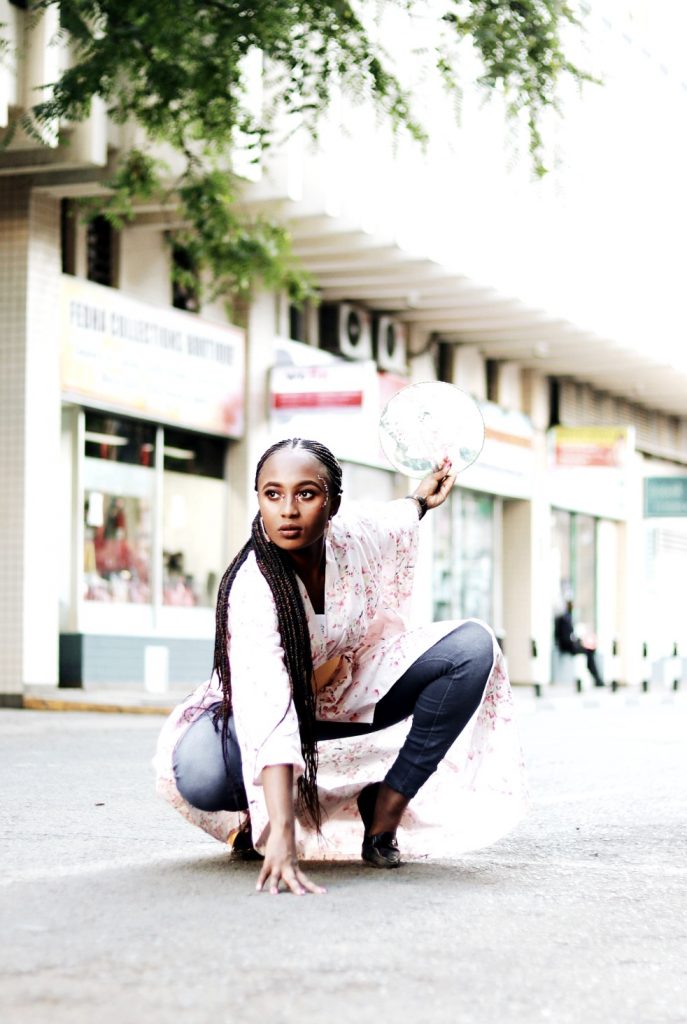
Everything about taking photos makes me passionate. Through photography, I am able to express my art. I am able to help people remember various aspects of their lives and show people how beautiful they are.
I like to believe that my style is constantly evolving. If one was to look at my work half a year ago, it’s not the same as today. Be it my colour grading, or how I compose my images, there’s a lot of change. That’s how I like it.
Who inspires Obara? Who does he work with?
To begin with is my father, Jacob Otieno. His work is exceptionally good and well known here in Kenya, but if I were to mention some of the photographers I look up to then (I’ll just give their IG handles) there are the likes of @Kg_brian, @truthslinger, @osborne_macharia, @call_me_maina and @rainoftenza. their colour grades are just life and their work is so aesthetically pleasing to look at!
I do collaborate with people! I believe that collaborations are very essential for the growth of a creative, especially those starting out.
Being around other creatives encourages a flow of ideas and concepts, and the magic that can come out of that is phenomenal.
I have done many collaborations before with different models, makeup artists and other photographers. Some of the models include @christhavemercy, @clint_malik and @moh_mckenzie (they are a duo), and @tausi_juliannah. Some of the makeup artists include @_whitneywanjala and @koshin_beauty. They really have a way of executing your vision, while in the same way adding in their own touch and making the end product incredible. Photographers I have worked together with are so many!!! people like @focus_africa and @justin_m3ngere just have incredible vibes when working with them. How I find people is mostly social media, or instameets. I can be scrolling through the gram looking for inspiration and I see a model whose style I’ve taken a liking to. Or during instameets I can meet people, exchange contacts with them and therefore proceed to work with them.
From square one to success, Obara’s story is just one representation of what can become achievable when talent, curiosity, and ambition meet to create beauty.
You can find Shem Obara on Instagram @shem obara or on his Facebook page: By Obara.

